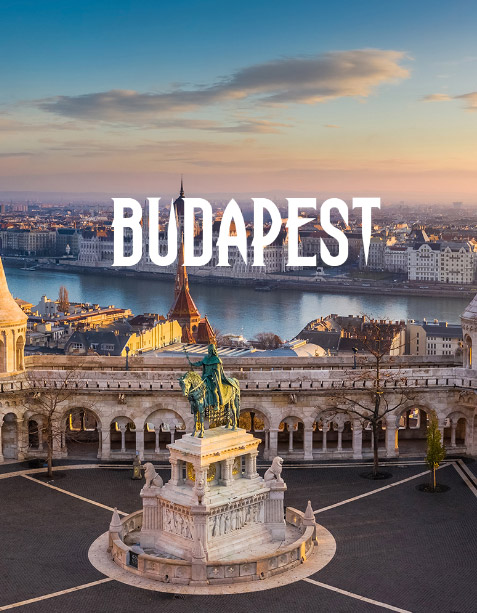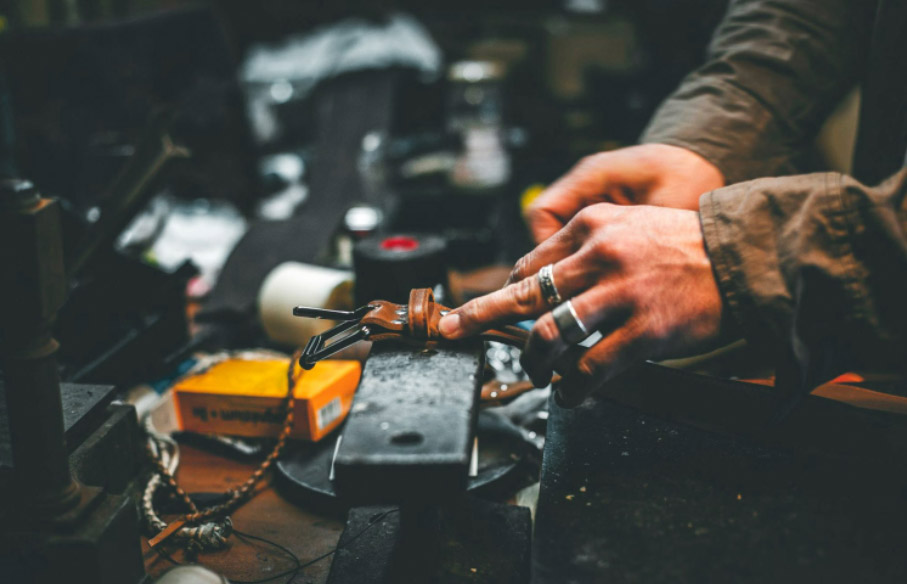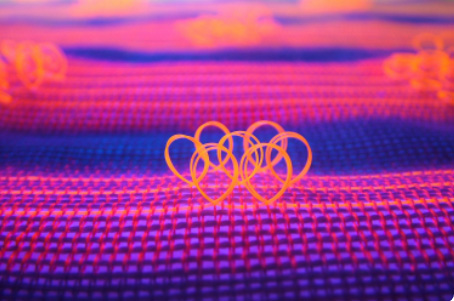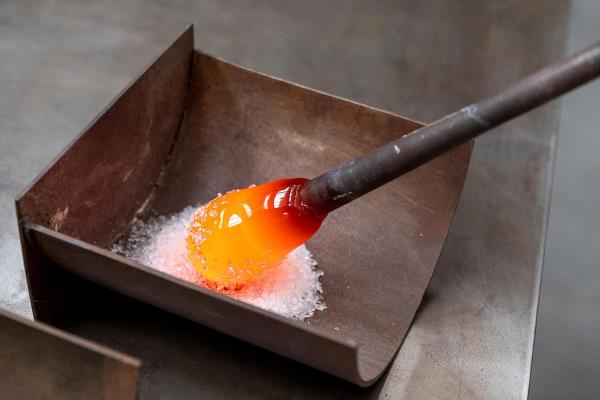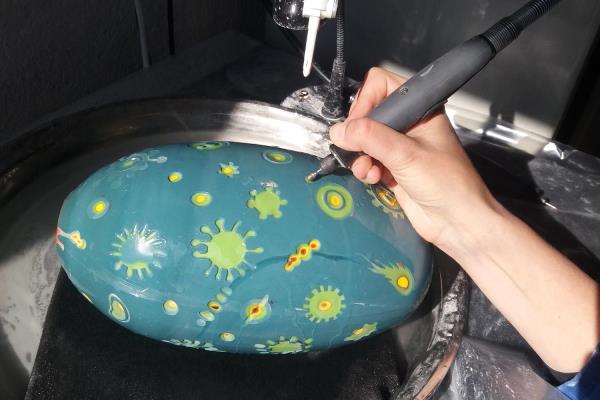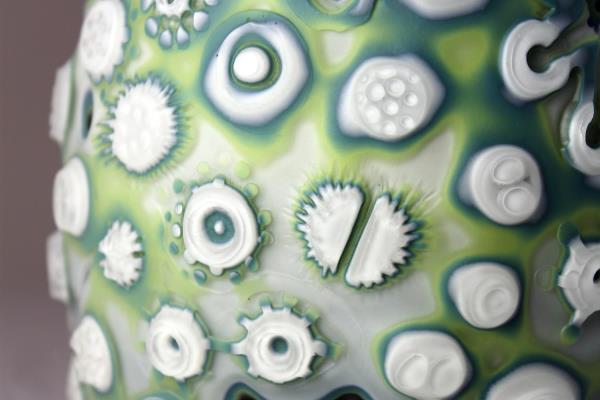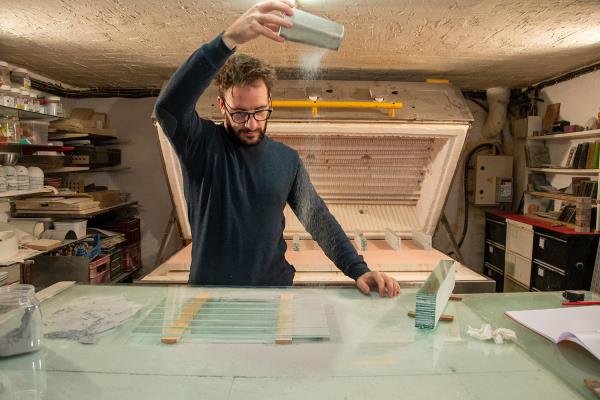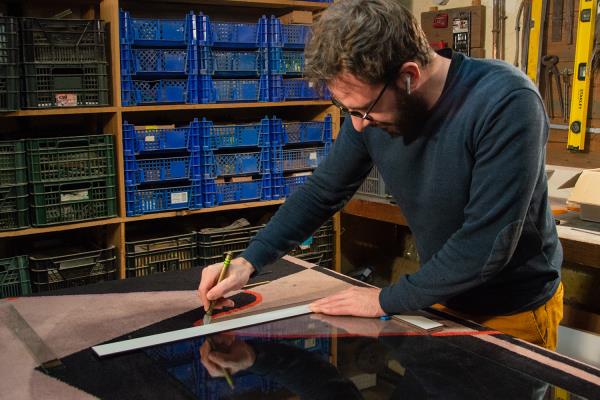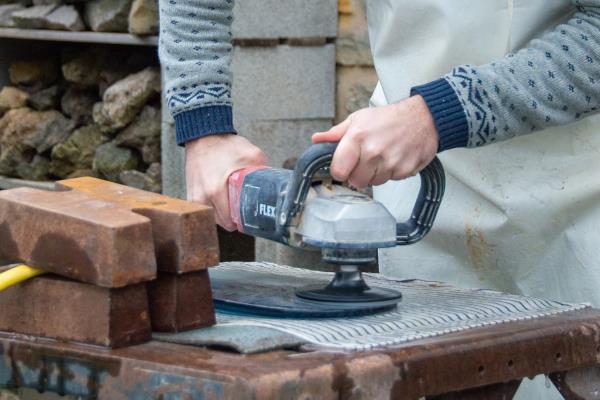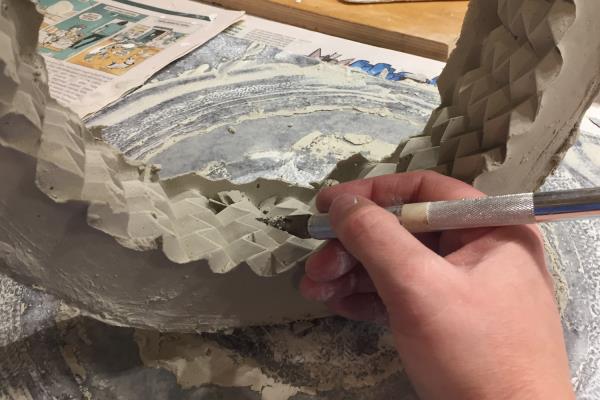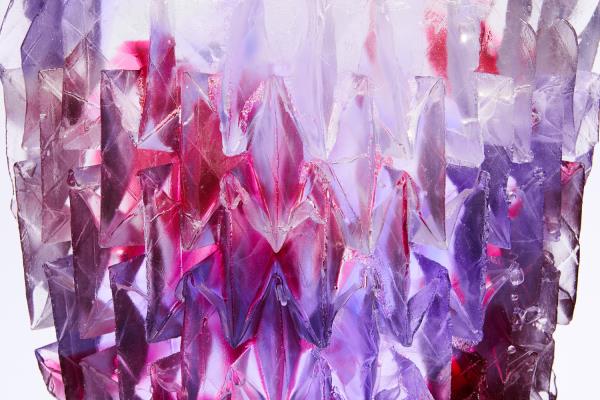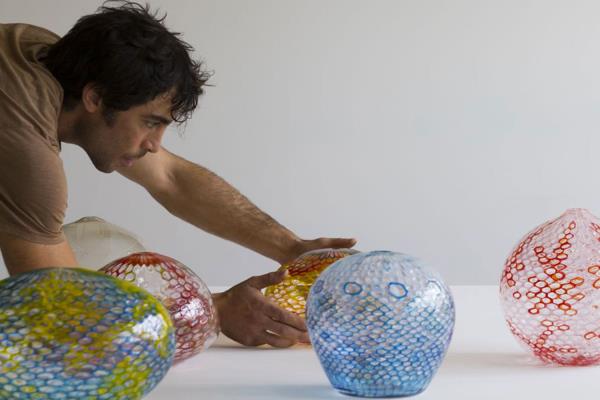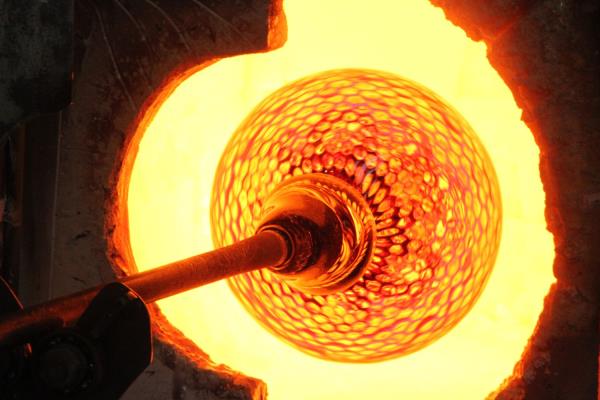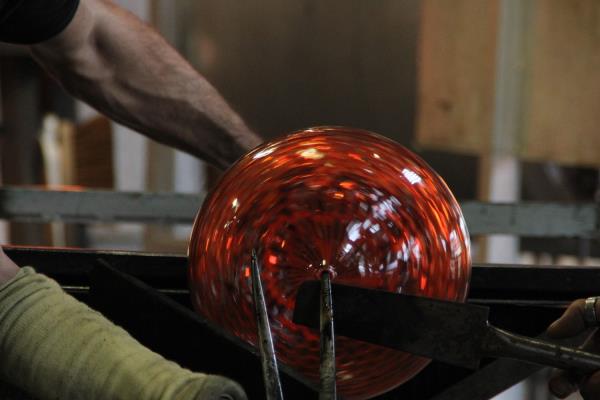
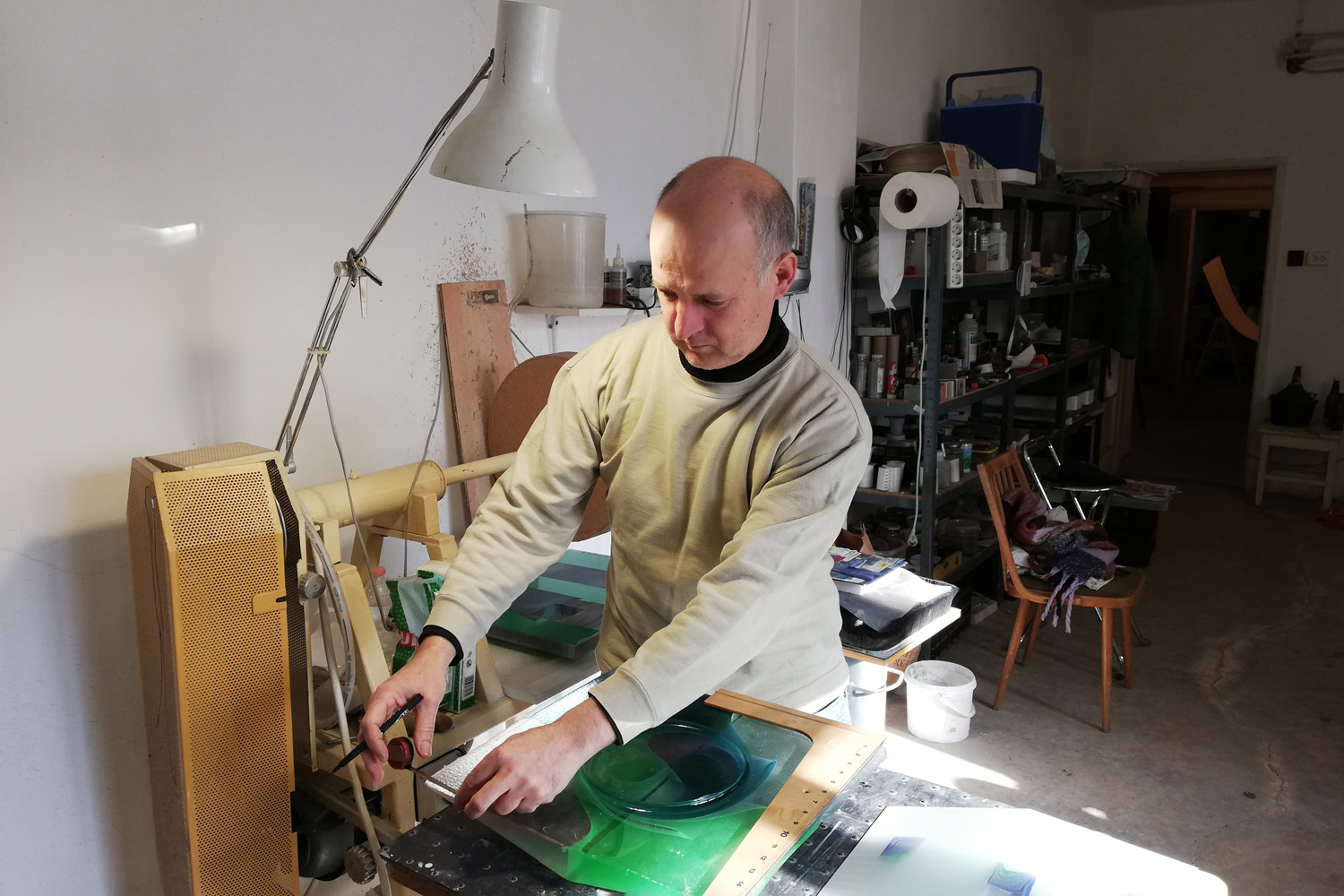
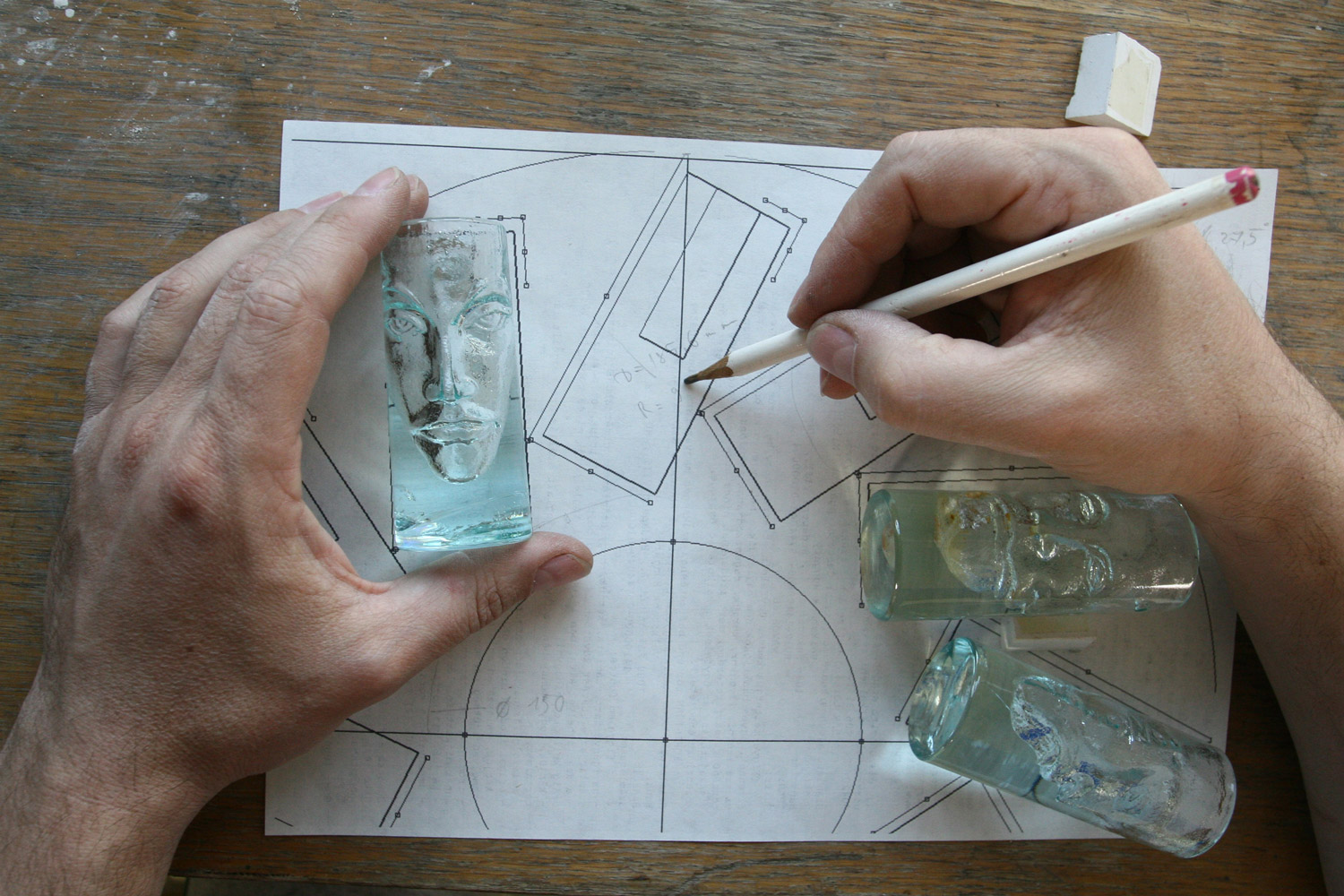


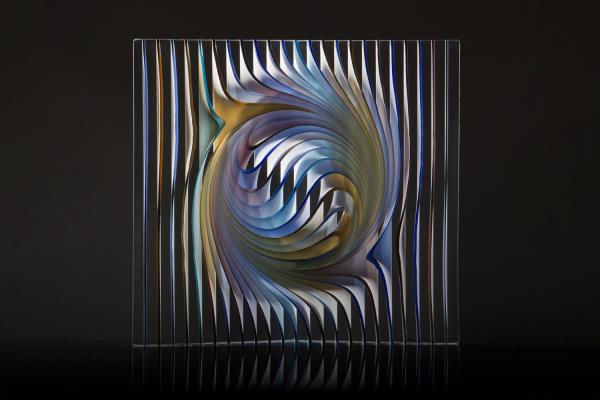


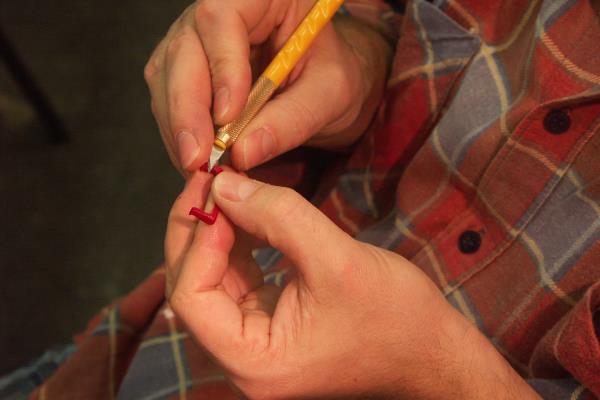
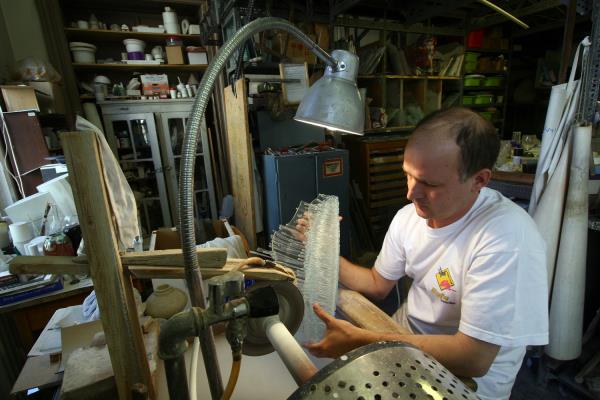
The mechanisms of nature
- Péter uses a unique glassmelting technique
- His objects are inspired by a natural mechanism
- Often unintentional errors lead to unexpected results
Péter Borkovics studied Glass and Porcelain Design at the Hungarian University of Applied Arts (now known as MOME). His objects are both dynamic and static, thanks to the combined use of glassblowing and electric furnace melting, which is unique in the industry. He came up with his special glassmaking technique in 1989, but it took time until technological improvements and experience made it feasible. He places his polished glass compositions in the oven, so that when they reach a certain temperature, their surface can be manipulated with special tools. The final pieces are like snapshots. He sets up the conditions for the creation in the furnace, leaving the rest to coincidence. Borkovics received the Lajos Kozma Applied Arts Scholarship (1998), the Noémi Ferenczy Award (2004), and an Honorable Mention at The International Exhibition of Glass in Kanazawa, among others. Since 2019, he has been the head of the Glass course at MOME.
Interview
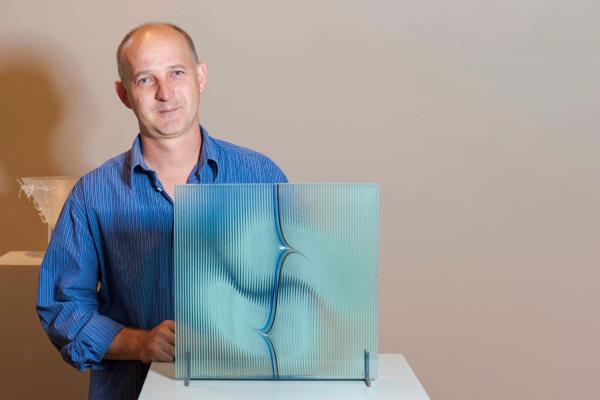
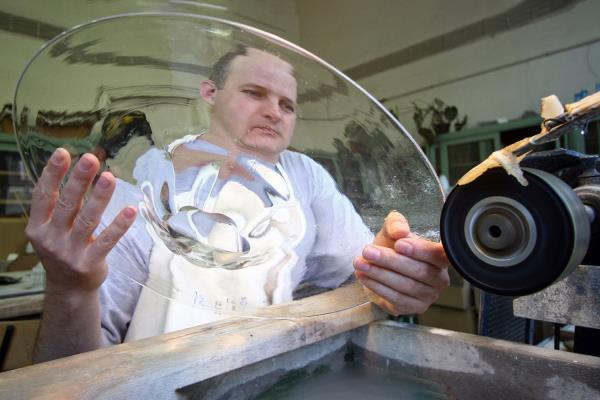
- Why did you choose glassmaking?
- It is glass that chose me. Within the profession, everyone picks a technology according to their own personality. Working with hot glass requires a more virtuoso type of person, because decisions have to be made. While in a closed workshop, we deal with a piece for up to a month, creating perfect conditions. I, myself keep switching between these roles.
- What is your special technique?
- I developed my own technique, which unifies the two glassmelting techniques: glassblowing and melting in an electric furnace. By “hot glass,” I refer to the liquid-like nature of glowing glass. To emphasise this character, I finish the creative process with cold glass grinding and polishing, because this is the only way I can show the internal behaviour of the material.
- What are your sources of inspiration?
- The mechanisms of nature and how nature operates. I observe water flowing in a stream, or the way its surface ripples. These are endless processes, which take place in time and space. The most important thing for me is eternal variety. I'm also inspired by flaws. Things are suddenly put in a different perspective, when something doesn't turn out how we imagined.
- What is an unforgettable moment in your professional life?
- I was commissioned by the Hungarian National Museum to reconstruct a vessel from the 2nd century. The object represents a technical and artisanal quality that still cannot be surpassed. I reconstructed it in half a year, during which I tried to set up the conditions of that era. I felt as if I had lived 2,000 years ago.
Péter Borkovics is a master artisan: he began his career in 1985 and he started teaching in 1998
Where
Péter Borkovics
Find Péter Borkovics in the itinerary
